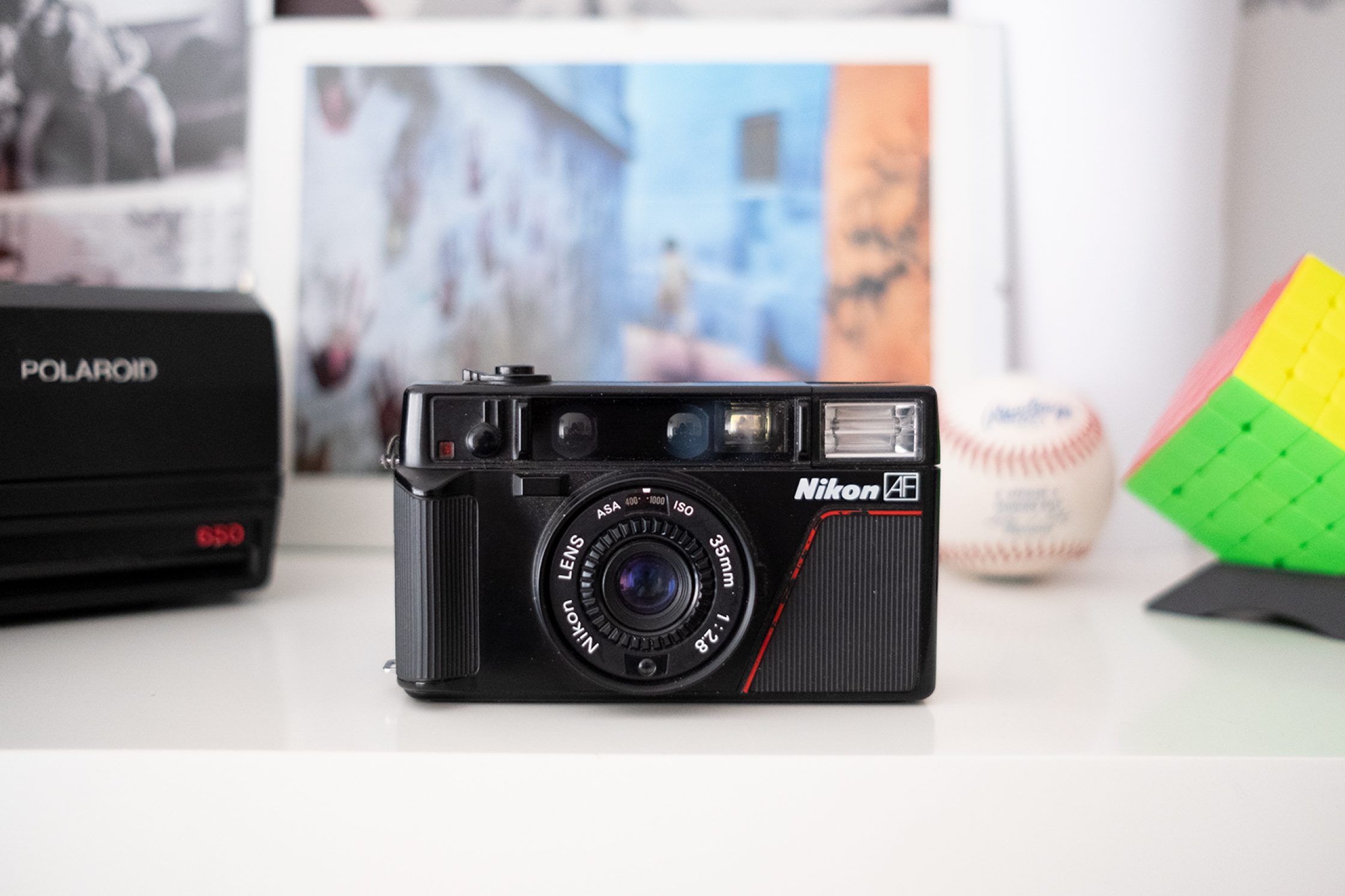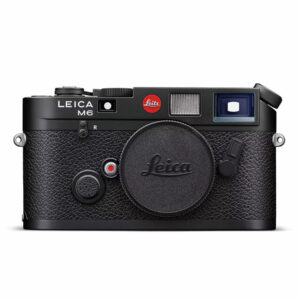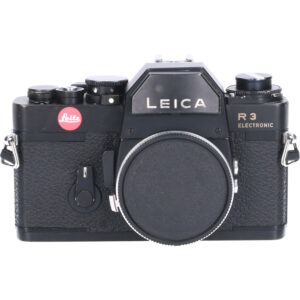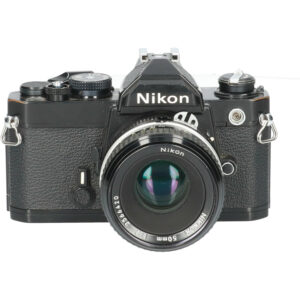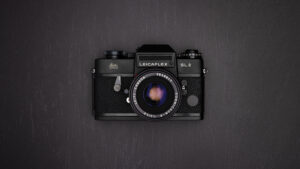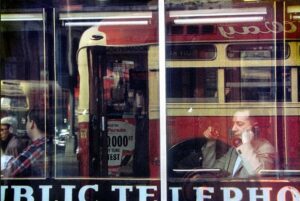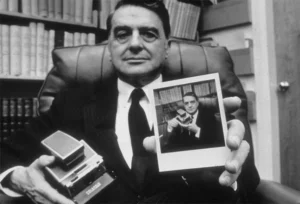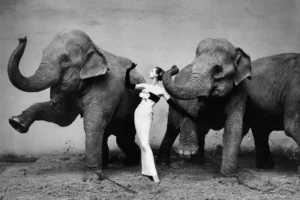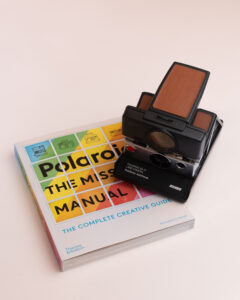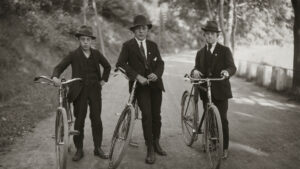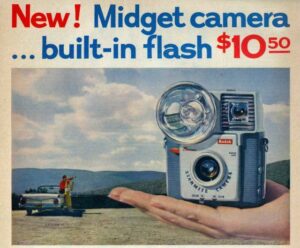The most popular cameras of this category were the Yashica T4, the Contax T2, the Olympus Mju-2 and the Nikon 35/28ti. My problem with all of those was their price, way too high for my taste and not in line with the philosophy of «throwing it in my jacket’s pocket and forgetting about it.

As my research went on and I discovered many other beautiful cameras, I noticed that the Nikon L35AF was mentioned frequently here and there for the superb lens and the ease of use. Fortunately, this one wasn’t part of the gang of pricey compact cameras and I could find one on eBay for 40€ shipped, sold. Actually, once I got it in my hands I could see that the viewfinder was pretty cloudy due to some fungus, so I asked kindly for a partial refund through PayPal.
When, two weeks later, the seller didn’t reply to my friendly claim, I proceeded with a formal one and a few days later I received a message from him, who, with a very upset attitude, said that my claim was unfair but he would refund the whole price of the camera and didn’t care for what I did with it. Even if I only had asked for a 10€ refund, since the camera was listed as “in excellent condition”, but I guess at the end I got myself a free camera, whose only price was a weird sense of guilt about the way things went down with the seller.

Well, this is how I crossed paths with the Nikon L35AF, and it hasn’t left my pocket since. Perfection doesn’t exist, but there are matches between people and their cameras that work pretty darn well.
The L35AF looks like a brick, and I love it. It feels like a brick as well, in fact beneath the plastic exterior there is a sturdy metal structure that makes it feel very solid, it also weights a little bit more that you would expect which can be good or bad, it depends on your preference. The only thing I am not crazy about regarding the build quality is the on-off switch, it doesn’t feel right, it seems like something that is going to break at some point. On the contrary the shutter button is not bad and has quite a long travel distance, which is useful to avoid accidental shooting, unlike cameras like the Yashica t2, whose shutter button can be triggered by breathing near it. Another trait I really appreciate is the small grip, that gives your fingers a place to rest avoiding the risk of getting in the way of the lens.

Even if the build quality is nice, what really earned this camera a special place in my heart are the results: man, that lens makes wonders!
At this day I shot several film stocks with it and I was never disappointed, the micro contrast and the sharpness in black and white reflect my taste to the letter and the colour rendition with c41 film is great, I haven’t shot any slides with it, but I think that is not going to be the case for a while.

It was in fact the lens to determine the success of this particular camera, nicknamed “Pikaichi”, meaning top notch. It is a Sonnar inspired scheme with 5 lenses in 4 groups, that many people are not afraid to compare with the one on the more expensive Nikon 35ti. Personally, I could only compare it with the Yashica t2, equipped with a 35mm T* coated Tessar lens, and I have to say that the results are very close with the L35AF slightly taking the edge in my opinion in colour performance and in some cases sharpness, it also is an f2.8 and not an f3.5.
Shooting with the L35 is great, it fits in my hand like it was made for it and performs smoothly. on that note the autofocus is fast and accurate, it uses wisely the aperture to control the depth of field, granting consistent results.
If you got to this point in the article you probably understood how much I enjoy using this camera, but would I be happy using it exclusively? Here comes the limit of a compact camera: the automatism. It does pretty much everything for you, it does it very well, but sometimes you just want to control some of the variables.
For the same reason I wouldn’t ever take this camera away from my kit. In fact, I firmly think that a fully automatic camera like the Nikon L35AF and a fully manual one like my Olympus OM1n should coexist in a camera bag, as they embody two very different ways of shooting that are more complementary than opposites. If sometimes manually setting the exposure and taking my time framing to perfection makes me relax, some other times it doesn’t, I’d rather wander around my neighbourhood with my compact camera, snapping my way through a lazy afternoon.
